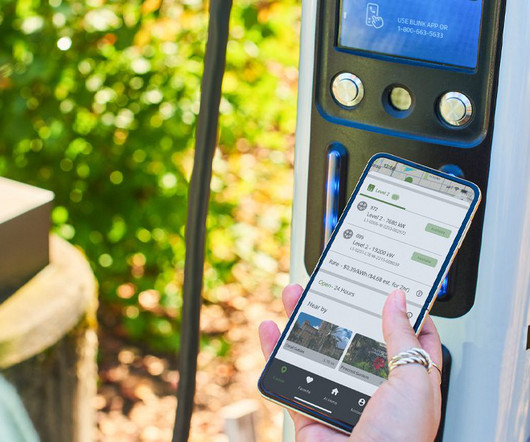EV Guru: Sodium-Ion Batteries are Coming Sooner Than You think!
Plug In India
SEPTEMBER 7, 2022
By Kamlesh & Raphae Every major automaker has announced plans to build Lithium-Ion battery gigafactories. The aim is to build batteries at a large scale to reduce prices. Video: EV Guru: Sodium-Ion Batteries are Coming Sooner Than You think! Multiple auto makers are seeking a secure supply chain for battery materials.


























Let's personalize your content